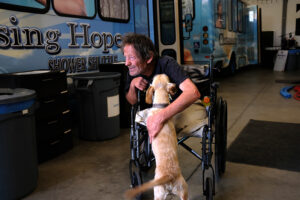
Alan Davis, the wheelchair-bound amputee who became a familiar presence in downtown Modesto over the last two years, died February 1. We may never know the cause. It took some accomplished sleuthing by homeless volunteer Frank Ploof just to discover Davis’s whereabouts after he disappeared earlier this year from an assisted living home in Empire. Shortly thereafter, Ploof learned that Davis had passed away at Memorial Hospital.
Ploof had first found Davis near 17th and G Streets in downtown Modesto in September of 2019, after a tip about the disabled man from outreach worker Randy Limburg. At the time, Davis said he had been homeless for about twenty years, mostly in Sacramento.
Though he seemed confused about where his surgery occurred, it was learned later he’d been sent to Modesto to recover after amputation of his left leg because of crowded rehabilitation facilities in Sacramento. Davis said he was 54 years old.
As Davis’s condition deteriorated, Ploof and Limburg were able to move him into a tent at the Modesto Outdoor Emergency Shelter (MOES) that October. Though Davis had said he’d been consuming a pint and a half of alcohol per day on the streets, once at MOES he never asked for a drink. “It’s not allowed here,” he said, when asked why he abstained.
Davis seemed to thrive at MOES. His one leg, badly scabbed and bleeding when he was found, was tended and wrapped by a nurse, one of many volunteers who visited MOES regularly. It healed nicely. He seemed to enjoy being among people, and managed to use a handicapped-equipped Porta-Pottie with relative ease. Frank Ploof made sure Davis was able to get showers at Dean Dodd’s mobile shower shuttle.
When MOES shut down late in 2019, Davis was admitted to Stanislaus County’s low-barrier shelter in the Salvation Army’s Berberian Building nearby. Shortly thereafter began a pattern that was to be repeated until his death — a pattern of disappearing into the streets.
Davis began wandering away from the low-barrier shelter not long after he was placed there. He was always found near frequent downtown haunts. When asked why he’d left, Davis would say that he had trouble with the bathroom facilities.
The county low-barrier shelter is very well equipped with handicapped-accessible bathrooms and toilets, which are much more easily accessed than the Porta-Potties at MOES were. Nonetheless, Davis offered the same reason for leaving after several wanderings and subsequent returns facilitated by Frank Ploof and other volunteers. He always said he couldn’t use the bathroom facilities and had soiled himself.
At one point, despite much searching, Davis couldn’t be found for weeks. When he was once again relocated downtown, near 10th Street Place, he was a double-amputee.
Davis didn’t seem to know why his remaining leg had been taken off, and confidentiality laws make it virtually impossible to find out. All anyone was able to learn was that after the amputation, Davis had spent a few days in a motel. Then he was back on the streets, legless.
RIP Alan Davis
Thenceforward, Alan Davis made the rounds from the Berberian low-barrier shelter, Stanislaus County’s Behavioral Health Recovery Services, a county-contracted respite shelter, and the care facility in Empire. Wherever he was, he always returned to the streets.
What little we know of Alan Davis’s life was gleaned over time by volunteers and Davis’s own reports, which may or may not be reliable. We know that before he arrived in Modesto he had been diagnosed as seriously mentally ill. Davis said he had been employed at least twice, once at a store that sold tires. He said he had been unwelcome at home once into his late teens.
When he was found in 2019, Davis’s face was contorted by deep furrows of pain. It’s impossible to know how much he endured once on the streets shortly after losing his leg to a surgical saw, but it must have been a severe assault on his senses.
Nonetheless, Davis always answered “Fine” when asked how he was. From the very beginning, he had to be persuaded to leave the streets. He seemed happiest at MOES, and toward the end of his life, when he was found once again in downtown Modesto, he said, “I wish they still had MOES.”
Frank Ploof did his best to keep track of Davis, and was stunned when he found him downtown again, just before the record-setting rainstorm of January 27.
“He was all-bundled up and near the Gallo Theater,” said Ploof. “I asked him how he got there, and he said he’d taken a cab.”
That was the last time Ploof saw Davis, and subsequent calls to the home in Empire led him to Memorial Hospital, and, after over a week’s inquiry, the news of Davis’s death.
That Davis was unable to take care of himself became clear early on, even while he was at MOES. Though he qualified for disability payments, Davis had no idea he was eligible, and even after he began receiving automatic deposits, seldom knew he had money.
He did well at MOES, probably because he was in a friendly community and benefitted from regular visits by volunteers, including health professionals. He also did well at the Stanislaus Recovery Center, where he was under continual supervision. By that time he had accumulated enough money to afford an electric wheel chair, which seemed to buoy his spirits tremendously.
Nonetheless, whenever Davis was in congregate living and permitted to wander, he did. Those who didn’t know him will apply the usual clichés to his death, “he chose homelessness, he fell through the cracks,” or “it’s the drugs.”
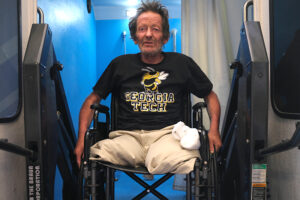
In fact, Alan Davis had very few choices in life, and most were apparently driven by severe mental illness. He used alcohol on the streets, but given the unremitting agony of his situation, who wouldn’t? Those familiar with our system of care realized long ago that there aren’t any cracks — there is only a gaping black hole waiting at the end of a series of ricochets from one failed project to the next.
Most anyone even casually acquainted with homelessness knows that our growing homeless population isn’t the result of people suddenly waking up and “choosing” to be homeless. They also know that there’s enough wealth in the nation to provide those same people shelter, even if it means designating permitted campsites.
Nicholas Kristoff wrote recently about his childhood friend Mike Stepp, who was also homeless and mentally ill: “Mike was a good man whom America left behind.” Alan Davis was also a man who was left behind, not just to endure decades of life on the streets but also the agonies of homelessness just days after having his legs sawed off.
May he rest in peace.

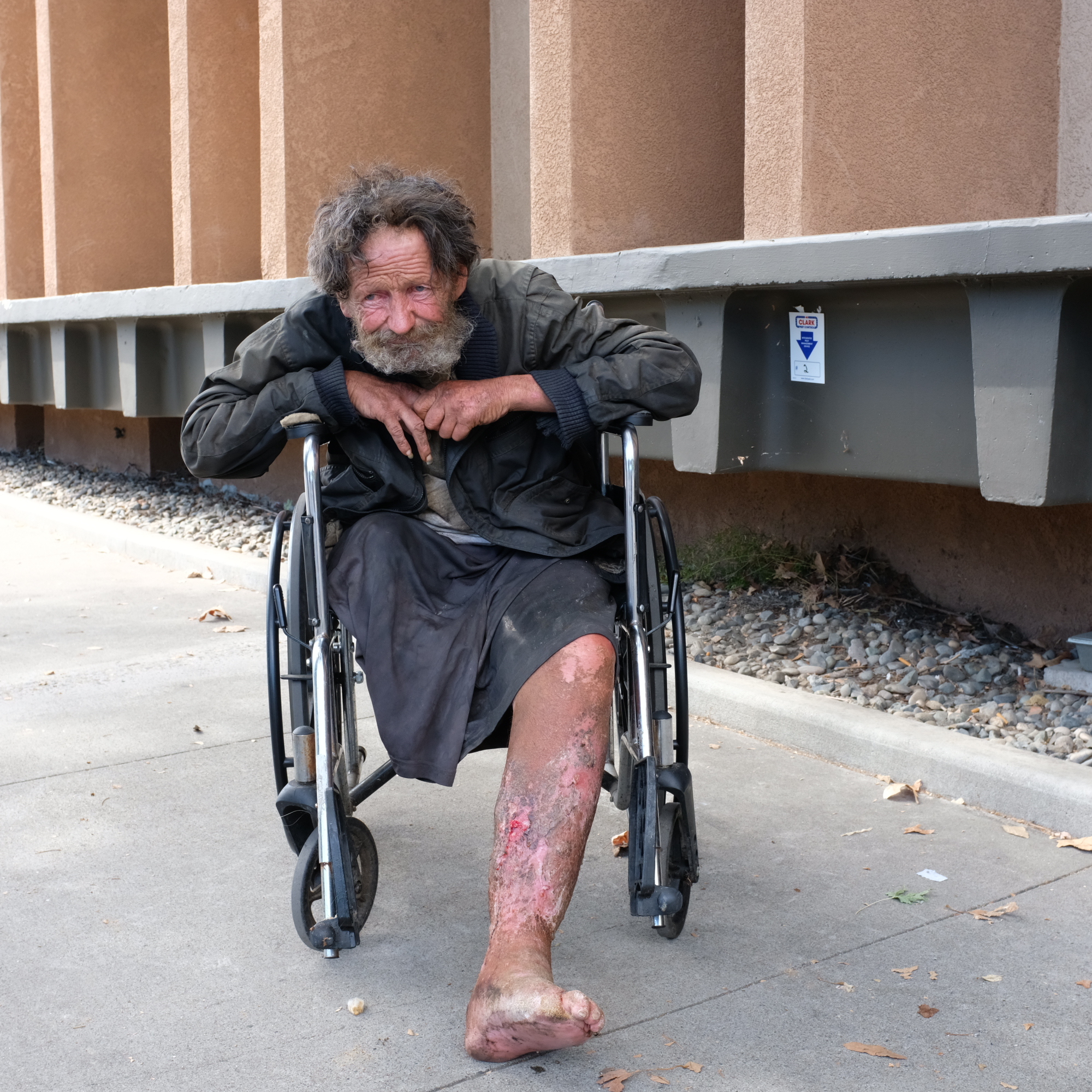
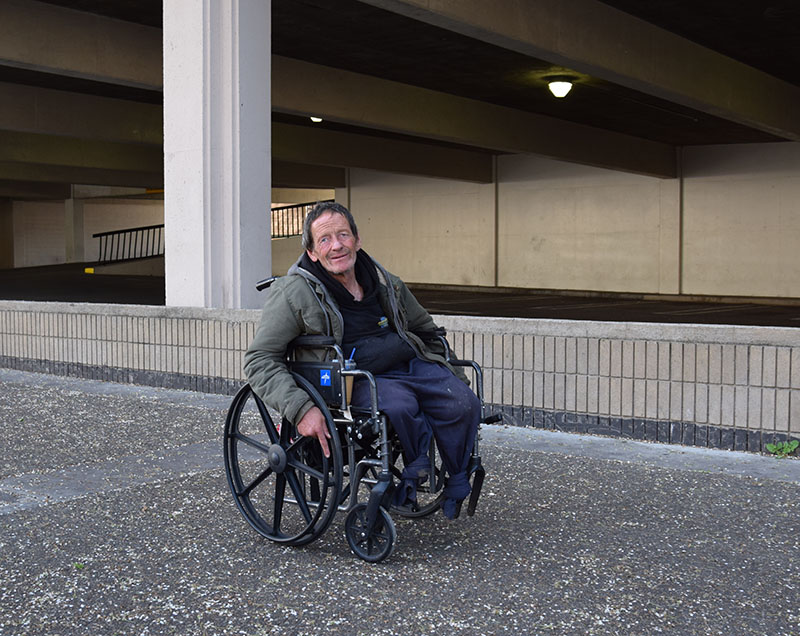
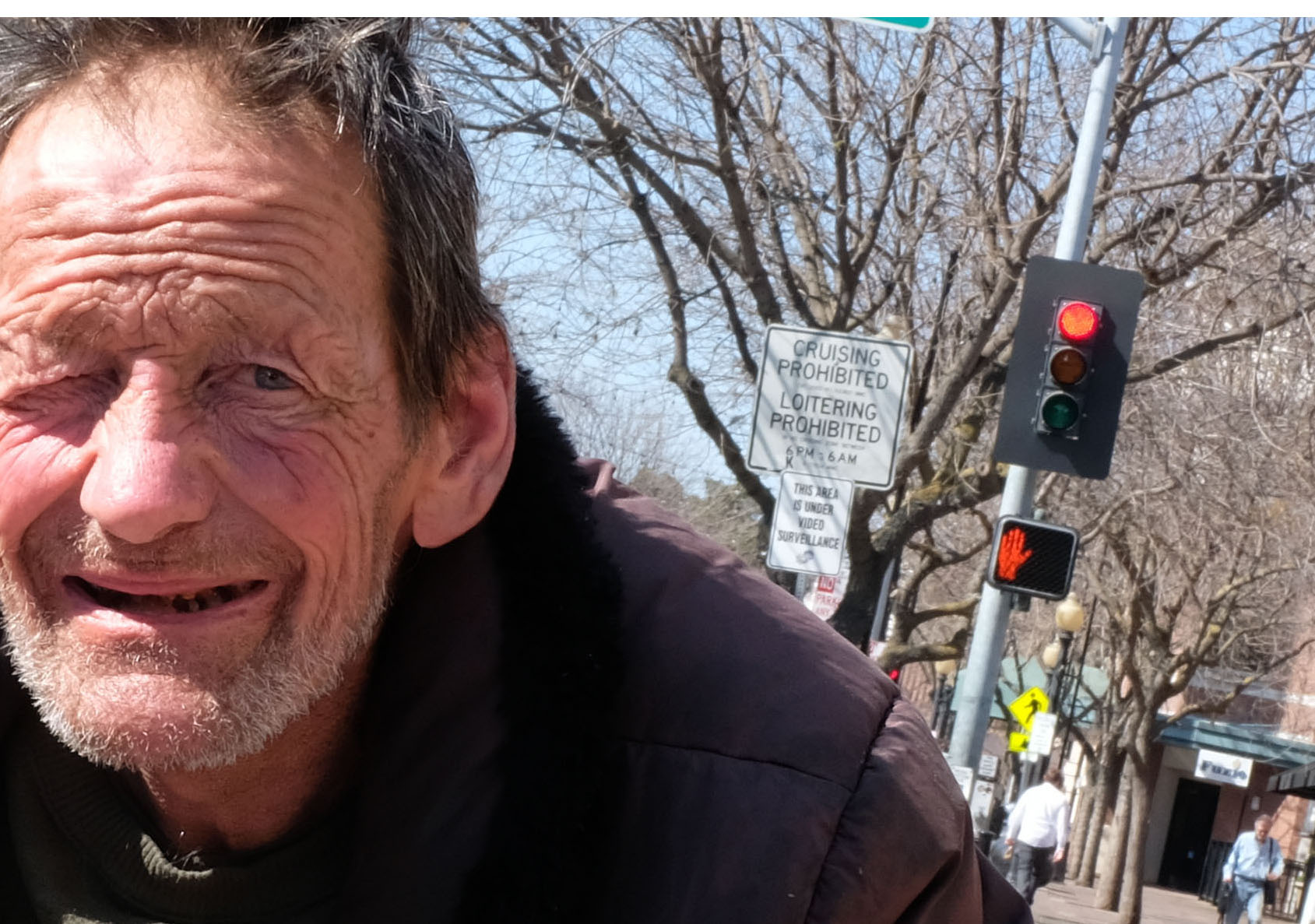
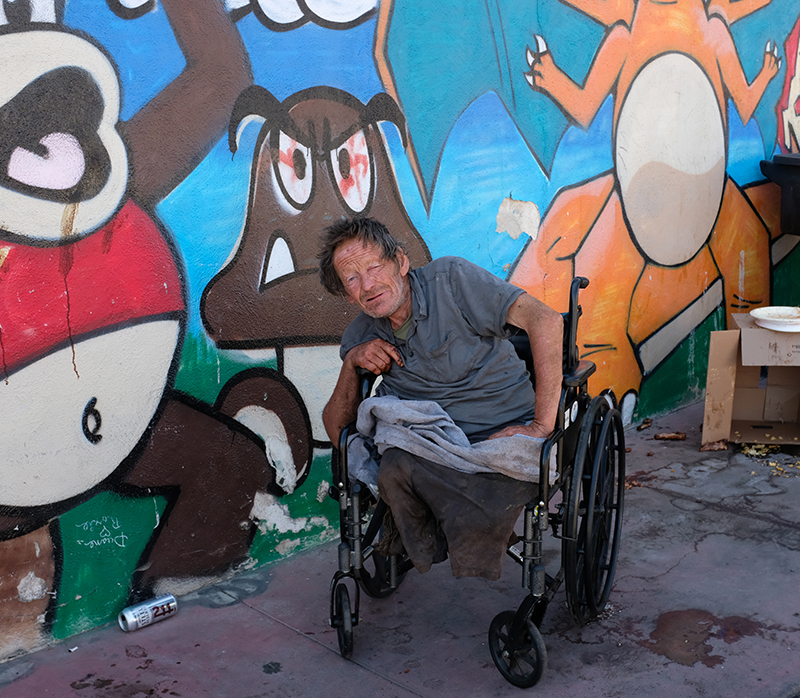
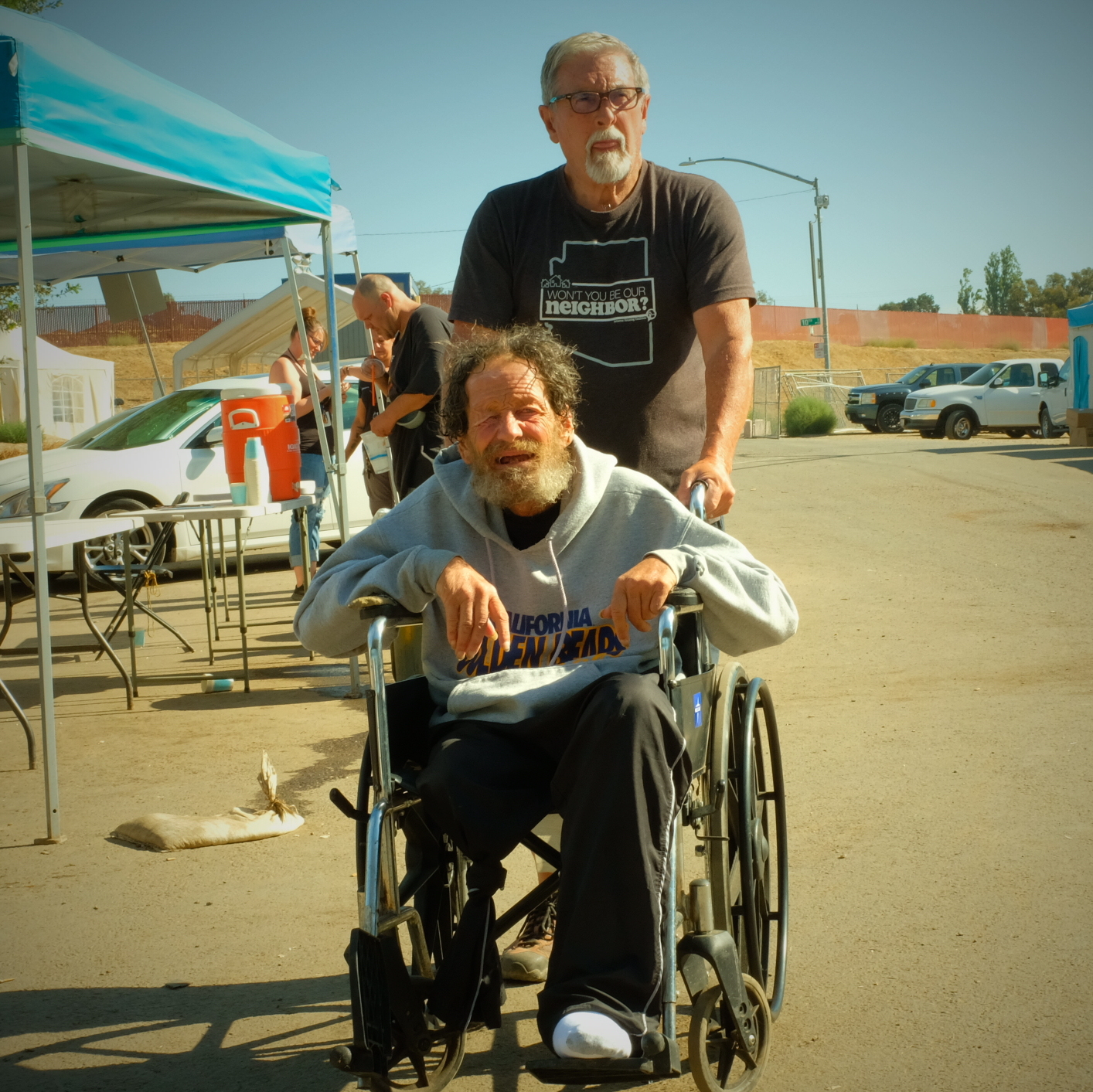
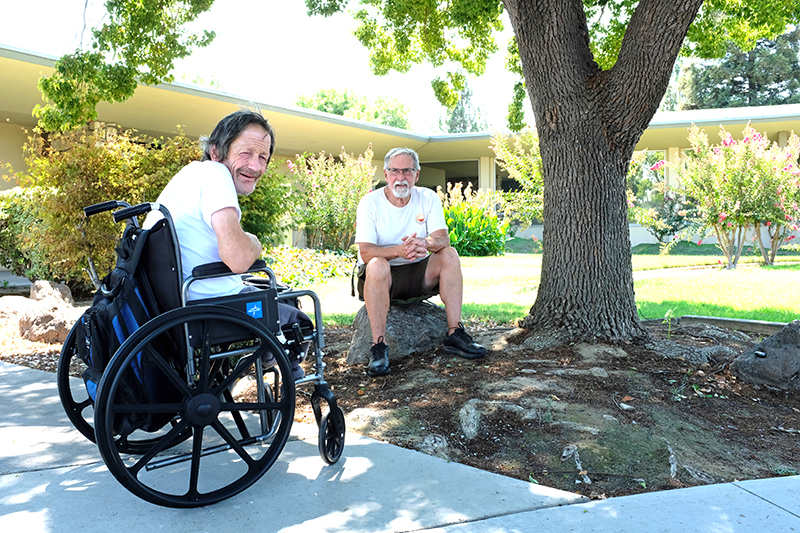
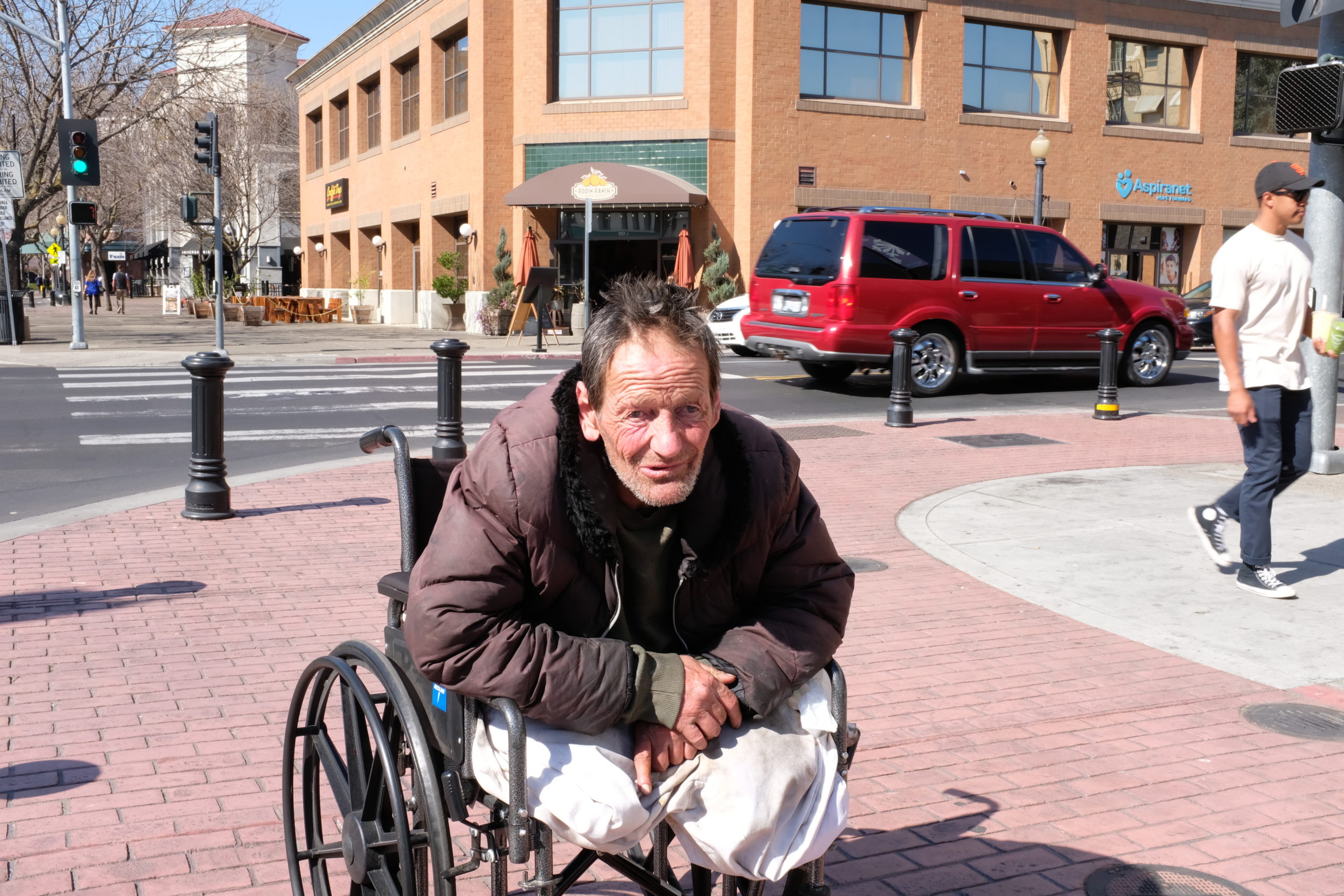
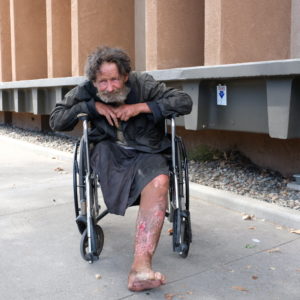
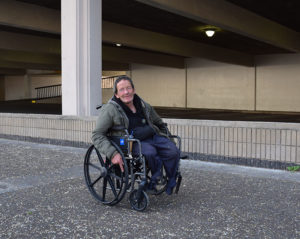
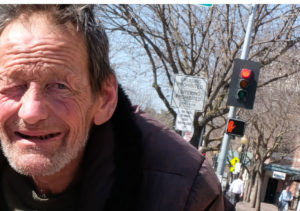
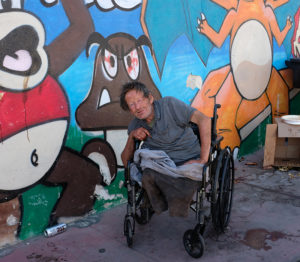
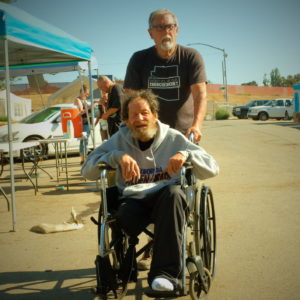
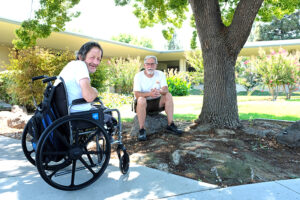
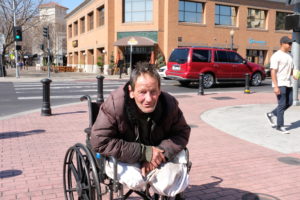
I’d bet a dollar to a donut, if you could trace this back to his birth and family.. you would find that society had failed to help from birth thru childhood with their poverty or mental health issues..
Thank you for the elegy and concern and thoughtfulness. I wish they had Moes too still where starched rules and less oversight seems more human and dignified though probably riskier really. I have a brother who suffers bipolar extremes that leave him alone too. Fare thee well traveler
Alan was telling 100% truth about not being able to use the bathrooms at the shelter. The doors are too heavy for anyone in a wheel chair, walker or other mobility device usually has to wait untill someone noticed them sitting their waiting. Even for some elderly people on their feet it’s still real hard
No one deserves to live on the streets,, no matter what excuse is offered.
REALLY???!!!